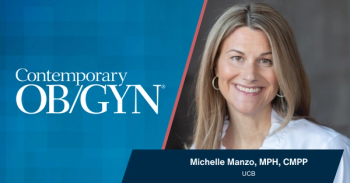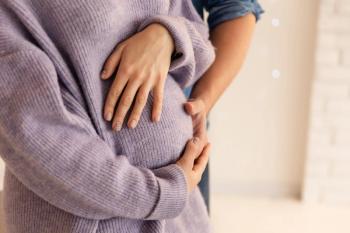
Healthcare's Age of Uncertainty
Physicians should be no strangers to change, but recent events have led to an period of uncharacteristic uncertainty.
Cost has been and will remain the overwhelming impetus for all these changes. Healthcare costs will soon be one of the largest contributors to national debt.5 Even before the ACA's expected increase in Medicaid enrollees, most individual states were struggling to cover the program's expenses. Moreover, employee health insurance coverage is impeding US international industrial competitiveness.6 Far more fundamental healthcare changes are coming.
From the Age of Uncertainty to the Age of Value
The principle flaw in the Porter model is that medicine is not the same as fixing mufflers or making cell phones. Healthcare costs do not follow normal supply and demand curves because the payor is separated from both the consumer and the provider. In addition, healthcare costs are not normally distributed as in a consumer market, but fall in a highly asymmetrical pattern across the population. For example, in the United States, 1% of patients account for 22% of costs and 5% account for 50% of costs with almost all these patients having multiple comorbidities.8 In fact, nearly a quarter of adults under age 65 and three-quarters of older adults have multiple comorbidities that together account for two-thirds of US health spending.9 Thus, Porter's single-disease focus factories would poorly address patients who account for two-thirds of costs.
Addressing this problem requires an acceptance that healthcare is a highly complex, nonlinear system and that potential remedies often have unanticipated and undesired effects.10 Currently, the highly discounted, fee-for-service payment system demonstrates this as it encourages unnecessary care and procedures for healthy patients to make up for discounts, while discouraging coordination of care for the very patients responsible for most of the cost. Ironically, complex systems follow rather simple rules. For example, Lipitz argues that simply changing our payment system to global fees would facilitate more effective interactions and the necessary self-organizing behavior among providers to reduce unnecessary care and increase coordination.10 So what would the ensuing care delivery paradigm look like?
Newsletter
Get the latest clinical updates, case studies, and expert commentary in obstetric and gynecologic care. Sign up now to stay informed.










